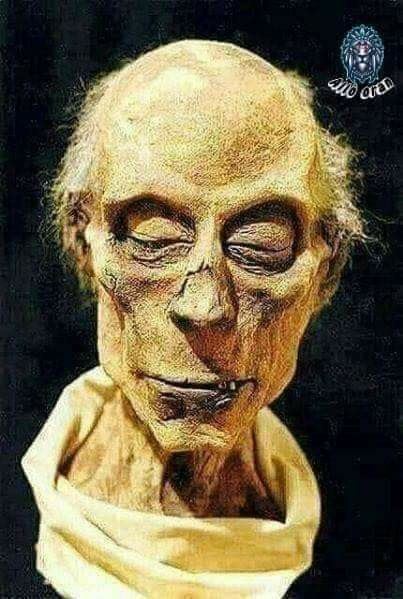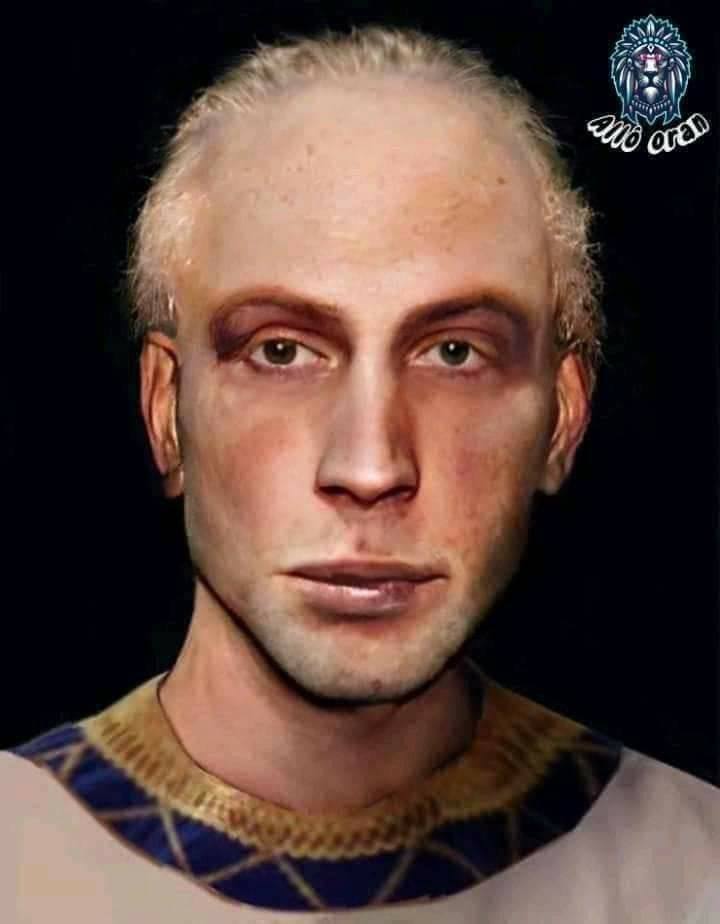Ramesses II also known as Ramesses the Great, was the third pharaoh of the Nineteenth Dynasty of Egypt. He is often regarded as the greatest, most celebrated, and most powerful pharaoh of the New Kingdom, itself the most powerful period of Ancient Egypt. His successors and later Egyptians called him the "Great Ancestor".
He is known as Ozymandias in Greek sources, from the first part of Ramesses's regnal name, Usermaatre Setepenre, "Th Chosen of Ra".



Ramesses II led several military expeditions into the Levant, reasserting Egyptian control over Canaan. He also led expeditions to the south, into Nubia, commemorated in inscriptions at Beit el-Wali and Gerf Hussein. The early part of his reign was focused on building cities, temples, and monuments. He established the city of Pi-Ramesses in the Nile Delta as his new capital and used it as the main base for his campaigns in Syria. At fourteen, he was appointed prince regent by his father, Seti I. He is believed to have taken the throne in his late teens and is known to have ruled Egypt from 1279 to 1213 BC. Manetho attributes Ramesses II a reign of 66 years and 2 months; most Egyptologists today believe he assumed the throne on 31 May 1279 BC, based on his known accession date of III Season of the Harvest, day 27. Estimates of his age at death vary; 90 or 91 is considered most likely. Ramesses II celebrated an unprecedented thirteen or fourteen Sed festivals (the first held after 30 years of a pharaoh's reign, and then, every three years) during his reign—more than any other pharaoh. On his death, he was buried in a tomb in the Valley of the Kings; his body was later moved to a royal cache where it was discovered in 1881, and is now on display in the Egyptian Museum.
 Sun, Aug. 23, 2020
Sun, Aug. 23, 2020


